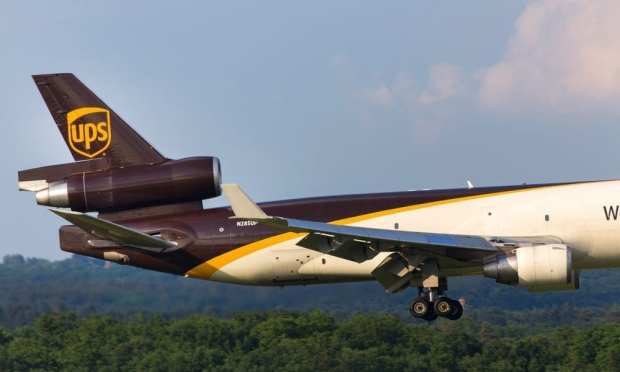Next-Day Air Powers UPS’ Q2 Profit Growth

United Parcel Service (UPS) is reporting that its Next Day Air and Ground services have been in such high demand that it boosted the company’s quarterly profits, according to a report by CNBC.
UPS shares climbed 8 percent on news of the firm’s second quarter earnings report on Wednesday (July 24), to $113.64, in early morning trading. UPS is the biggest package delivery company in the world, and it has constantly been upgrading its logistics and methods to improve efficiency and delivery time.
The company has especially invested in automated package sorting locations and better cargo planes, and the investments are paying off and driving down the price of package deliveries.
“We’ve got momentum here and we believe we can continue,” UPS Chief Executive David Abney said. Abney added that he believes the 112-year-old company is at an “important turning point.”
As companies like Amazon started offering one-day shipping, UPS Next Day Air volume jumped 30 percent in the company’s domestic business in Q2.
“The incremental volume came largely from Amazon, in our view,” Stifel analyst David Ross said.
Abney said that many competitors saw a loss in their own second-day air business because of UPS’s Next Day Air.
“FedEx would be the only other rival that offers such a service,” said Cathy Morrow Roberson, who founded consulting firm Logistics Trends & Insights.
However, FedEx didn’t renew its U.S. Express air shipping contract that it had with Amazon. Amazon, for its part, is trying to build its own logistics network with its own planes so that it can be less reliant on established shipping companies like UPS, FedEx and DHL. It has been making forays into the endeavor, but they won’t start making an impact for a few years.
Second-quarter net income for UPS was reported at $1.69 billion, which translates to $1.94 per share. A year ago is was $1.49 billion, which was $1.71 per share. Analysts predicted a profit of around $1.92 per share. UPS revenue went up 3.4 percent to $18.05 billion.
